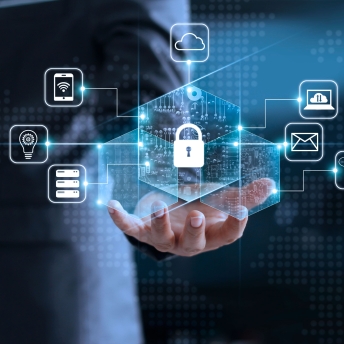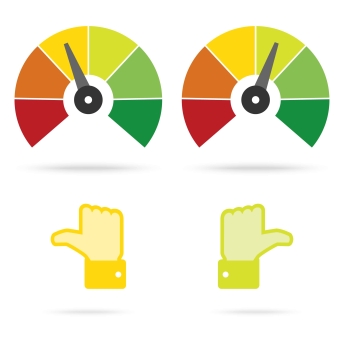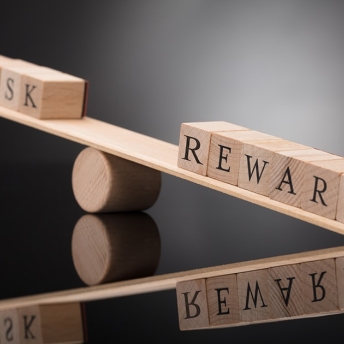Tom Teixeira
Partner
Tom has 23+ years of experience advising senior executives and decision makers in reducing their Total Cost of Risk (TCOR).

Areas of Focus
Education
Past Experience

Tom is a Partner based in our London office with the responsibility of enhancing and building the Risk practice’s service offering . He brings 20+ years risk management experience both in senior consulting and operational roles. His key areas of expertise include:
- Risk based strategic planning and forecasting,
- Risk analysis and quantification,
- Total Cost of Risk (TCOR) reduction strategies including insurance and captive management,
- Governance, risk and compliance technology platforms
Prior to joining ADL, Tom held senior positions in the professional services and insurance sectors including EMEA risk advisory partnerships at Alvarez & Marsal LLP and Willis Towers Watson where he supported FTSE250 and Fortune 500 companies improve their approach to risk management and drive business performance. Earlier in his career he held the role of Head of Risk Management at Roll-Royce plc, the technology company, where he was the recipient of the 2007 European Strategic Risk Discretionary Award for Excellence in Risk Management.
He was a key author of AIRMIC’s 2017 Risk Appetite guide, Jan 2017 report: Ensuring Corporate Viability in an Uncertain World – providing a focus on the Viability Statement, the Institute of Directors’ 2012 publication: “Business Risk, A Practical Guide For Board Members”, and contributes regularly to the Wall Street Journal, Financial Times and Commercial Risks Europe.
Other activities and affiliations include:
- Visiting lecturer at Cardiff University on risk management methodologies
- Member of British Standards Institute (BSI) committees for Risk Management and Governance
In his spare time, Tom is a keen cyclist, golfer and skier, and supports the arts, in particular opera.

AI in cybersecurity

Improving airport resilience

Total cost of risk

DO YOU KNOW YOUR RISK APPETITE?

Reinvigorating enterprise risk management

ESG: Last call to take effective action

Is AI still dumb as a rock?

The cyber battlefield
Toward sustainable, efficient & resilient mobility systems


AVOIDING SURPRISES – A CASE FOR NEXT-GENERATION RISK ASSURANCE

Sustainability in the supply chain: The risks and the rewards

Next-generation business resilience management

Managing clinical trials during COVID-19 and beyond

Cyber-threat: Is your business prepared?

From risk to resilience: Digital defense

The sixth sense of risk

Transforming business resilience

Risk as a value generator

Cyber-threat: Is your business prepared for an attack?

Leading businesses through the COVID-19 crisis

Tom is a Partner based in our London office with the responsibility of enhancing and building the Risk practice’s service offering . He brings 20+ years risk management experience both in senior consulting and operational roles. His key areas of expertise include:
- Risk based strategic planning and forecasting,
- Risk analysis and quantification,
- Total Cost of Risk (TCOR) reduction strategies including insurance and captive management,
- Governance, risk and compliance technology platforms
Prior to joining ADL, Tom held senior positions in the professional services and insurance sectors including EMEA risk advisory partnerships at Alvarez & Marsal LLP and Willis Towers Watson where he supported FTSE250 and Fortune 500 companies improve their approach to risk management and drive business performance. Earlier in his career he held the role of Head of Risk Management at Roll-Royce plc, the technology company, where he was the recipient of the 2007 European Strategic Risk Discretionary Award for Excellence in Risk Management.
He was a key author of AIRMIC’s 2017 Risk Appetite guide, Jan 2017 report: Ensuring Corporate Viability in an Uncertain World – providing a focus on the Viability Statement, the Institute of Directors’ 2012 publication: “Business Risk, A Practical Guide For Board Members”, and contributes regularly to the Wall Street Journal, Financial Times and Commercial Risks Europe.
Other activities and affiliations include:
- Visiting lecturer at Cardiff University on risk management methodologies
- Member of British Standards Institute (BSI) committees for Risk Management and Governance
In his spare time, Tom is a keen cyclist, golfer and skier, and supports the arts, in particular opera.

AI in cybersecurity

Improving airport resilience

Total cost of risk

DO YOU KNOW YOUR RISK APPETITE?

Reinvigorating enterprise risk management

ESG: Last call to take effective action

Is AI still dumb as a rock?

The cyber battlefield
Toward sustainable, efficient & resilient mobility systems


AVOIDING SURPRISES – A CASE FOR NEXT-GENERATION RISK ASSURANCE

Sustainability in the supply chain: The risks and the rewards

Next-generation business resilience management

Managing clinical trials during COVID-19 and beyond

Cyber-threat: Is your business prepared?

From risk to resilience: Digital defense

The sixth sense of risk

Transforming business resilience

Risk as a value generator

Cyber-threat: Is your business prepared for an attack?

Leading businesses through the COVID-19 crisis
More About Tom
- University: University College LondonMSc Systems Engineering
- University: Cardiff UniversityBEng Mechanical Engineering and Energy Studies
- Alvarez & MarsalPractice Leader/ Managing Director
- Willis Towers WatsonPractice Leader / Managing Director
